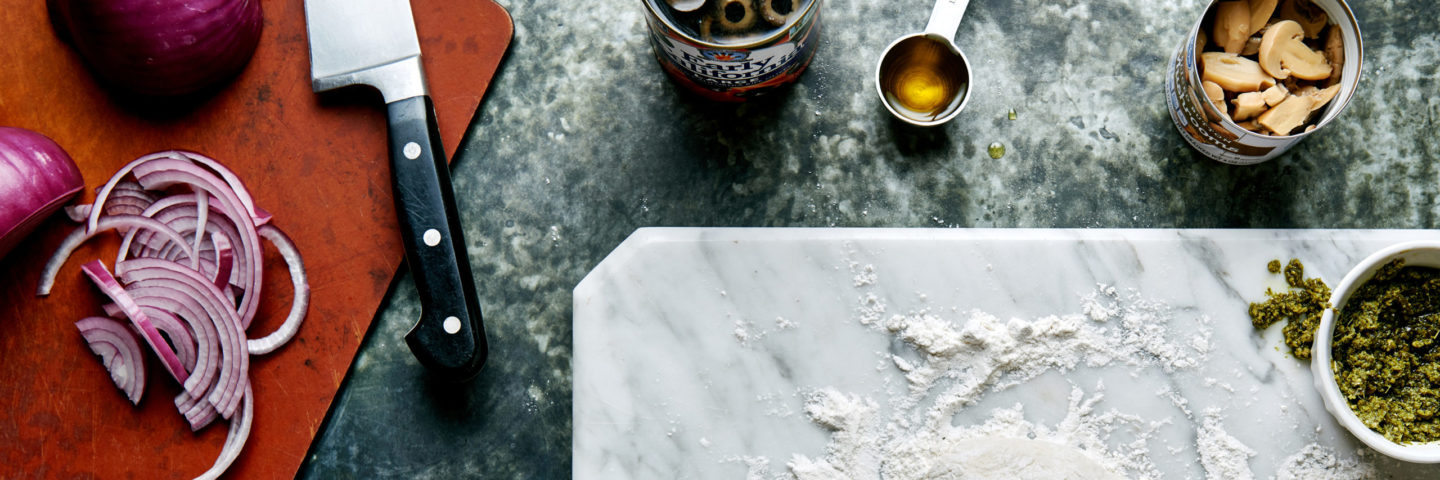
Curb Food Waste
We’ve all been there. We walk into the grocery store and load up our cart with fresh fruits and veggies and head home with the best of intentions to eat it all. A week or two later we find a bag of mushy brown lettuce and wrinkly bell peppers in the bottom of the produce drawer. It comes as no surprise that fruits and veggies are among the top foods that go to waste in America.
One way to avoid the dreaded soggy lettuce situation is to buy fruits and veggies in all forms which includes fresh, frozen, canned, dried and 100% juice. Each one has a different shelf life and in the end, you’ll end up with less food waste.
It all starts with making a meal prep game plan. Don’t think of meal planning as taking time, think of it as saving time throughout the week when you have all your meals and snacks within arm’s reach. Set aside 30 minutes and plan lunches and dinners that can use some of the same fruits and vegetables. For example, the leftover tomato, avocado and bell peppers you used as a taco topping for dinner tonight will be add-ins for your grilled chicken salad lunch tomorrow.
Now let’s say you’ve used up all the fresh fruits and veggies you purchased (Woohoo! You got your produce in and have no food waste), you can finish out the week with a stir fry made with frozen mixed vegetables, make a smoothie with canned pears, and snack on a homemade trail mix with your favorite dried fruit.
In addition to making a plan, storing your fruits and veggies properly can make a big impact on their freshness.
Keep these tips in mind:
- In general, avoid washing fruits or vegetables until you are ready to eat them. However, if keeping a bowl of already cleaned lettuce or strawberries in the fridge helps you enjoy them and use it up more quickly, do what works best for you. Once washed, be sure to dry thoroughly before storing.
- Keep fresh fruits and veggies in a prominent location in the fridge and on the counter as a daily reminder to eat them and so they don’t get lost in the back of the fridge.
- Some fruits and vegetables give off ethylene gas as they ripen, which makes other items ripen more quickly. Try storing ethylene emitters away from everything else. This includes apples, apricots, avocados, cantaloupe, honeydew, kiwi, nectarines, peaches, pears, plums, tomatoes, and unripe bananas.
If despite your best efforts you end up with some veggies that are a bit past their prime, you can also freeze fresh veggies by blanching them first. Bring a pot of water to a brisk boil and submerge the vegetables in the boiling water for 1-3 minutes. Remove the veggies from the water and immediately submerge them in a bowl of ice water to stop the cooking. Once chilled, drain and let dry. Arrange the chilled vegetables on a sheet pan in a single layer and place in the freezer. Once completely frozen, transfer to freezer bags or containers.
If freezing fresh fruit, wash and thoroughly dry then arrange in a single layer on a sheet pan and place in the freezer. Once completely frozen, transfer to freezer bags or containers.


